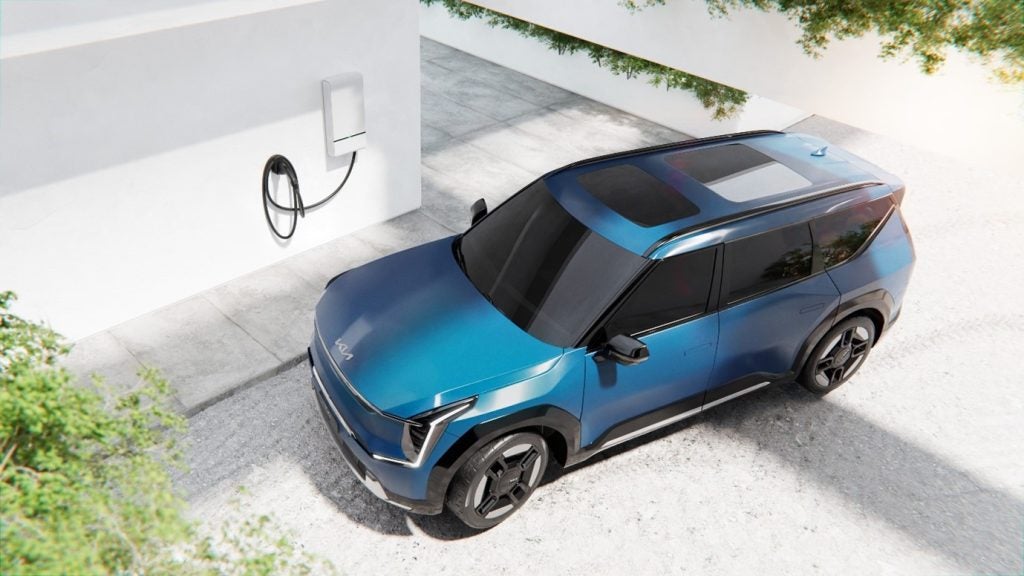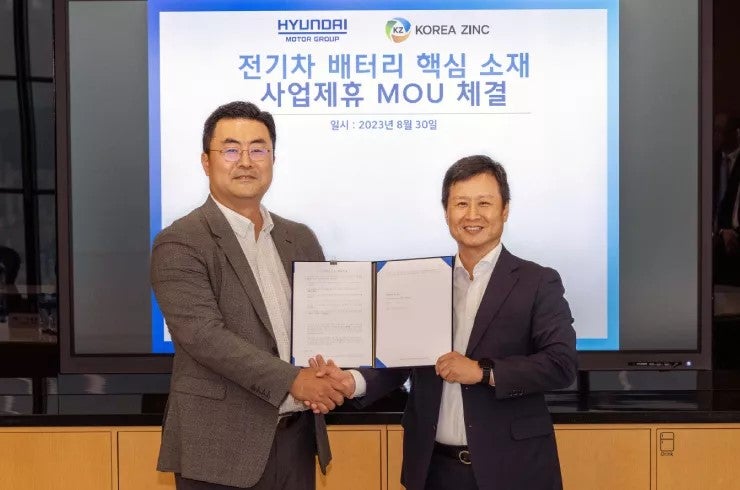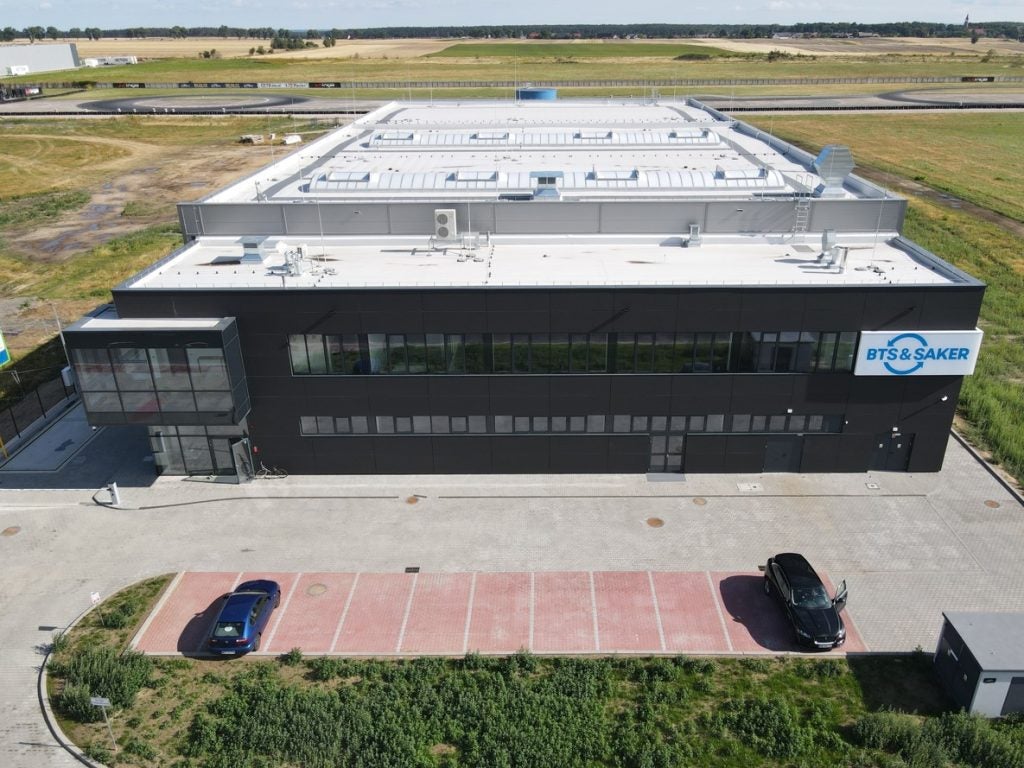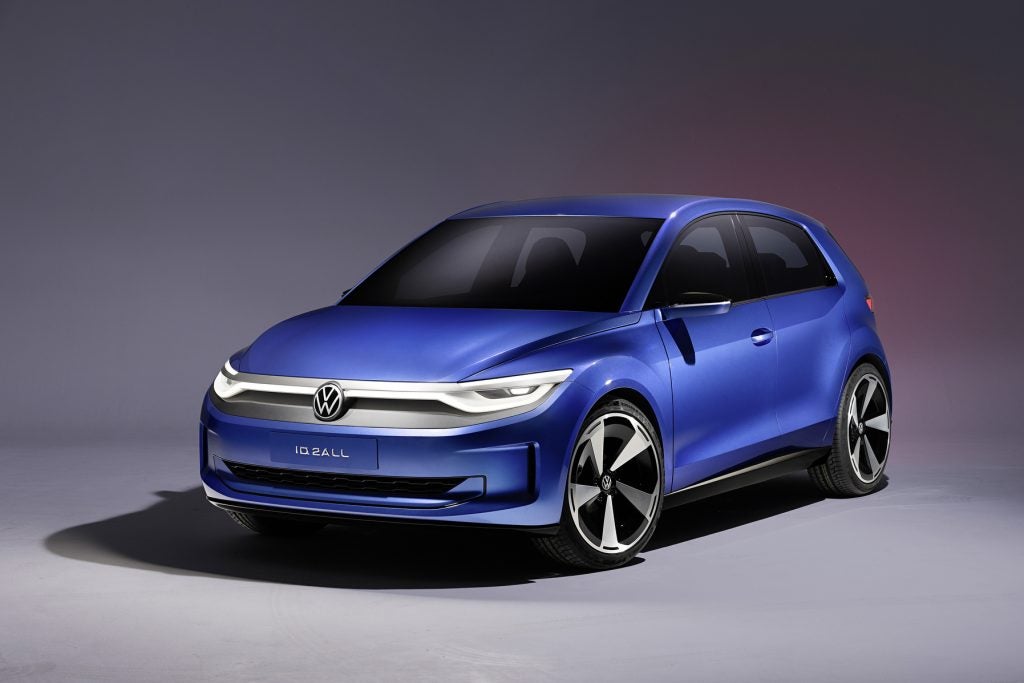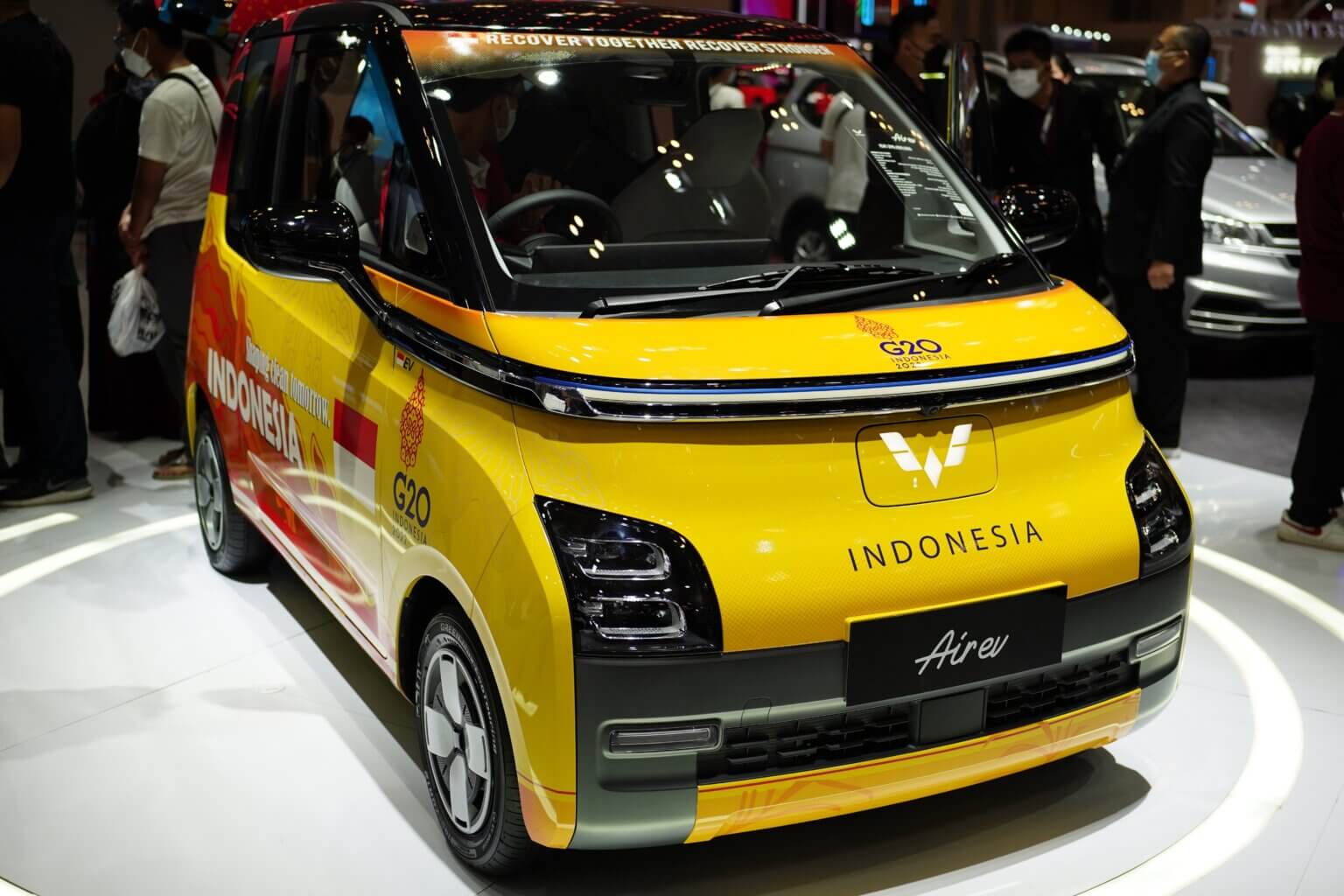
Indonesia has finally made a preliminary announcement of its long-awaiting incentive programme for Electric Vehicles (EVs) in March 2023. However, details of the programme remain scarce.
This is what we know so far. The scheme will cover 35,900 EVs. Locally built Battery Electric Vehicles (BEVs) will be subject to a reduced VAT of 1% compared to the 11% applicable to other types of vehicles. The programme is likely to include a subsidy, but no particulars have been made available so far. Further details on the scheme are scheduled to be announced on April 1st, having been delayed from March 20th. Indonesia has been rather late in getting on the EV bandwagon. Any further delay could cause it to fall off the wagon altogether.
Indonesia’s abundant nickel reserves, which could give the country an edge in battery and BEV production, have been a cause of concern for neighbouring manufacturing bases, especially Thailand. However, advances in battery chemistry and a clear emphasis on minimising the reliance on scarce, high-cost raw materials are leading to lower use of nickel and other expensive materials in BEV battery production. Hence Indonesia’s advantage in this area may not be as significant as many initially feared. While nickel is a constituent of certain types of battery such as the widely used NMC (lithium nickel manganese cobalt oxide) chemistry, some of the newer battery technologies including the expanding LFP (lithium iron phosphate) sector do not use nickel. The LFP battery is cheaper, safer (less flammable) and longer lasting while generating only slightly lower energy density compared to NMC. This makes it an appealing chemistry among Chinese automakers who are at the forefront of BEV production and investment, including in Indonesia.
Challenges lie ahead as Indonesia, like many other markets, pushes ahead with BEV adoption. For one, the BEV ecosystem is lagging. Both the BEV supply chain and charging infrastructure are basically non-existent. While these can be developed, government commitment and both public and private capital would be required. The challenge in Indonesia (and other emerging markets) is that vehicles in general, and BEVs in particular, are considered luxury items and any allocation of taxpayer’s funds to promote them is viewed as a subsidy for the rich and therefore something to be resisted by the public. This raises questions about the size of the subsidy and how long the Indonesian government can maintain it. It will be challenging to convince cost-conscious Indonesian buyers to switch to higher-priced BEVs and the subsidy will be vital in bringing the BEV price point down to an acceptable level.
India, for example, which began promoting BEV production well ahead of Indonesia, has focused on tax cuts to incentivise a shift towards electrification. BEVs are subject to a 5% sales tax whereas other types of vehicles attract a rate of up to 50% (43% for hybrids). Like China, India has home-grown automakers such as Tata Motors and an extensive supplier base which have the capability to develop and produce the low-cost BEVs that are critical in propelling rapid BEV adoption. This is not the case in Indonesia. Fuel prices are also relatively high in India which is favourable for BEVs since they have lower running costs per kilometre, while fuel prices are lower in Indonesia.
A change in the political wind in Indonesia (depending on who wins the election in 2024) could lead to a shift in policy as far as BEVs are concerned. Indonesia’s automotive policy, at least in the past, tended to be favourable towards existing players but less so when it comes to attracting new investments. Japanese OEMs control 90%+ of the market and they have been pushing for a slower BEV transition.
At this stage, the country still has a long way to go and many challenges to overcome if it is to emerge as a major BEV manufacturing base.
May Arthapan, Director, Asia-Pacific, LMC Automotive (a GlobalData company)
This article was first published on GlobalData’s dedicated research platform, the Automotive Intelligence Center


